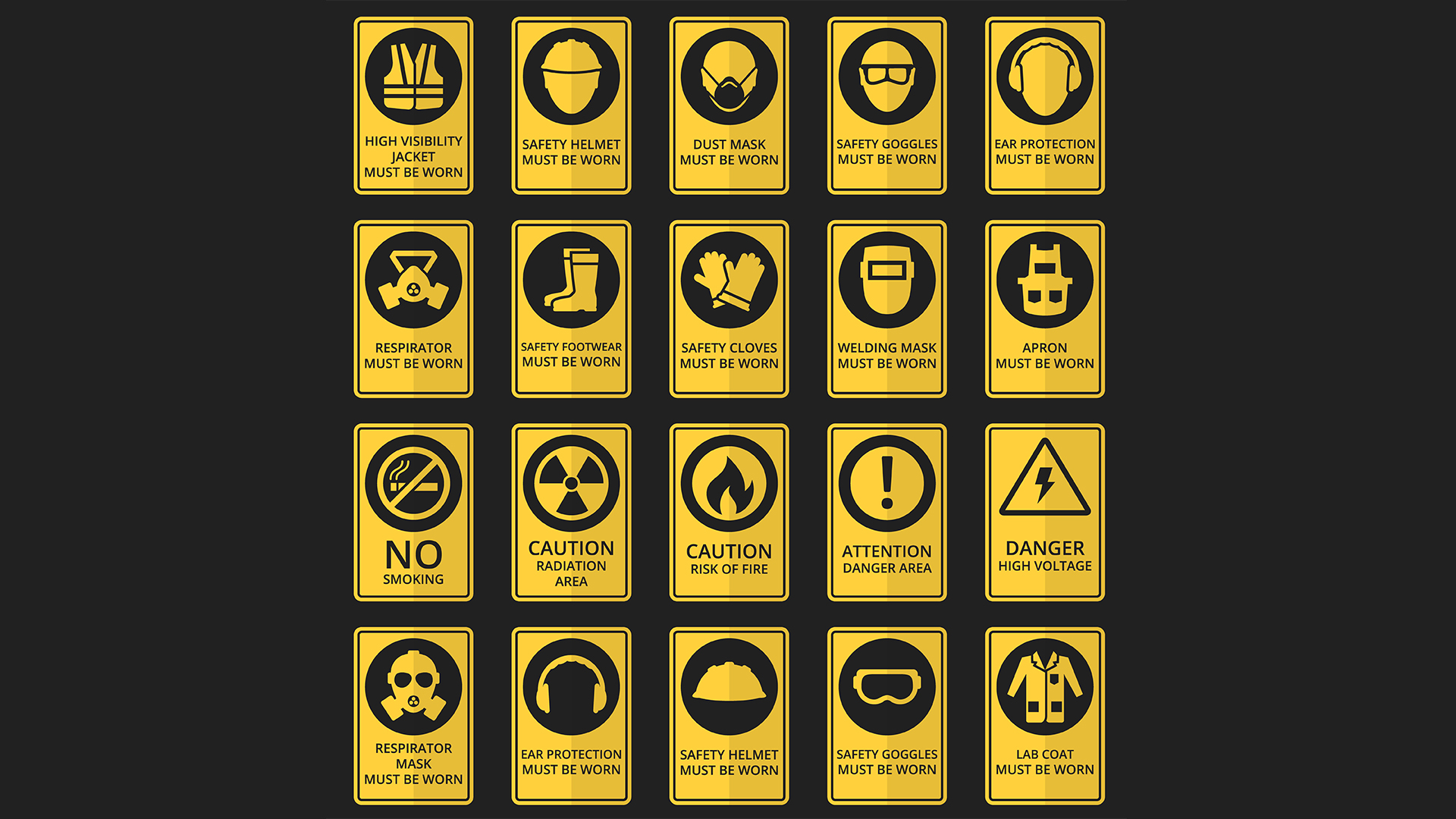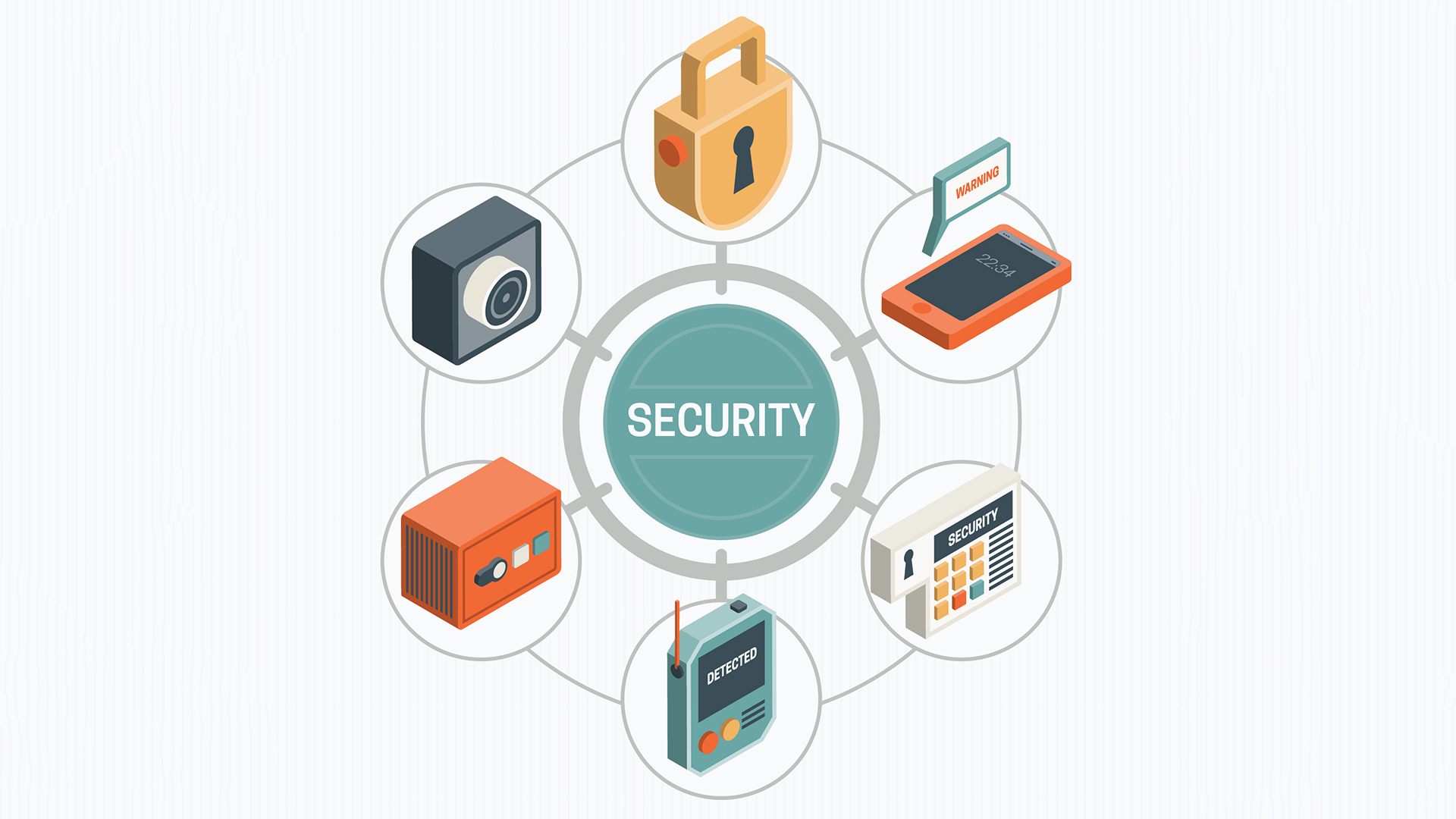
Safety First: Behavior Based Strategies
Course overview
“If you can control the behavior, you can control the outcome!”
As per a research paper published by Dr. Heinrich almost 76% of injuries are due to unsafe behavior, 20% of injuries are due to a combination of unsafe behavior and unsafe condition & only 4% of injuries are due to unsafe conditions. So, working on unsafe behavior is secreting to reduce accident rates considerably.
BBS (Behavior Based Safety) is an efficient process that helps employees for identifying and selecting a safe behavior over an unsafe behavior by giving them awareness. BBS is a positive approach to making the work culture safe.
This course is designed to influence employee actions towards safer outcomes, ideally by preventing an accident or injury before it occurs. This is the most effective way for employers to promote safety, eliminate hazards and prevent injuries.
This course will help organizations to improve their safety culture by changing employee behavior. It will help employers with the implementation of the best safety practices for preventing the accidents using Behavior-observation-feedback-Reinforcement-Evaluation strategy. After the implementation of this strategy, you can successfully achieve zero accident goals.
Behavior-based safety is the process of avoiding human errors, Unsafe behaviors, changing unsafe working methods & improving workplace safety by observing & analyzing employees’ behavior while they are working. It helps to minimize the accidents & incidents occurred due to unsafe behavior. It helps to implement a zero-accident culture.
Learning Objectives
By the end of Safety First – Behavior-Based Strategies, the participants of this course will be able to:
- Establish a safe culture to achieve zero accident goals.
- Aware employees of identifying and choosing a safe behavior over an unsafe behavior
- Help employer to promote safety, eliminate hazards and prevent injuries
- Improve employee job satisfaction by improving their health & safety
- Reduce organization loss due to employee medical leaves & absenteeism
- Reduce the cost of worker’s compensation claims by eliminating accident-causing reasons.
Our Unique Training Methodology
Let me explain to you how this course is different from the thousands of other courses available on the internet.
- Pre-Assessment – Before beginning, a pre-assessment will be provided to assess the knowledge and skills of the participants.
- Lecture/Discussion – Lecture & discussion interactive session on the basics of BBS to make participants more engage with the course.
- Guided Group Exercises/Discussion – Dividing the class into small groups, an exercise, or a case study to work through.
- Hands-on Application – Providing participants with a hands-on application of the concepts they have learned.
- Case studies & Post-Assessment – Question & answer session for solving all queries.
Training Medium
This Behavior-based safety training is designed in a way that it can be delivered face-to-face and virtually.
Pre-course Assessment
Before starting to course we wanted to know your exact mindset and your way of thinking about safety.
For that, we have designed this Yes/ No type questionnaire
- Do you know about the BBS or its implementation?
- Is a safety committee available in your organization?
- Is your workplace safe for work?
- Have you ever observed any unsafe behavior of an employee & have you stopped him from doing so?
- Is your feedback related to unsafe behavior help to reduce the risk due to unsafe behavior
Course Modules
Module 1: Introduction
- A motivational speech by the course facilitator
- comments from participants
- Safety story on “how I transformed myself”
Module 2: Why BBS?
- Unsafe human behavior.
- An understanding of behavior
- Change in the attitude of an employee
- A successful method of increasing employee involvement.
Module 3: Initial Implementation of BBS
- Roadmap to implement BBS at the workplace
- Team Formation
- Resources required for BBS implementation
- Define the Goals & Roles and Responsibility
- Start step-by-step implementation of BBS
Module 4: Implementation of BBS by using Observation – Feedback methodology
Four key steps in the implementation of BBS.
Correct behavior – Observation – feedback – Measurement
- Correct Behavior :
- It is defined safe way to do the work
- Observation :
- In this step, the defined & trained observer team will observe the safe & unsafe behavior & if necessary they will stop the work.
- Observation steps: Observe-Understand-identify alternate behavior-Clarify commitment-Obtain agreement-Observe to follow-up
- Feedback :
- give feedback immediately after the observation
- Acknowledge & reinforce the safe behavior
- Stop & change the unsafe behavior
- Improvement & Measurement :
- Improve the working process as per feedback by suggesting alternate methods
- Measure the results of BBS implementation
- BBS is an ongoing process
Module 5: Implementation of BBS by using 7 Steps implementation process
- Identify unsafe behavior or risky behavior
- Check for the root cause of the unsafe behavior
- Find the solutions or alternate methods
- Evaluate the corrective action
- Prepare a guideline or work instruction for safe working
- Implement the alternate method
- Check the effectiveness of the implemented solution.
Module 6: Implementation of BBS by using ABC Methodology
- Activator – An activator is a thing or person or any guiding document that explains the particular manner of working within the workplace to the worker or employees.
- Behavior – How the employees behave while doing work. It is two types that are safe or unsafe. Observe the unsafe behavior & stop it.
- Consequences – Consequence is the events that follow the behavior. It is positive or negative based on behavior. Try to eliminate the negative unsafe behaviors.
Module 7: Challenges faced while implementing BBS
- Low participation of employees as an observer
- Low response of employees for implementation of an alternate safe method.
- The BBS practices are difficult to maintain or sustain
- Low interest of employees in the usage of PPE
- Support & commitment from management
- Employees are not able to follow safety rules due to high workload
Module 8: Benefits of BBS
- Helps to improve workplace safety
- Reduces workplace accidents & injuries
- Reduces the losses due to absenteeism of employees due to health issues
- Encourages the employee collaboration
Module 9: Case Study
Various case studies will be discussed for more clearance of all methodology
Post-course Assessment
Participants need to complete an assessment post-course completion so our mentors will get to know their understanding of the course. A mentor will also have interrogative conversations with participants and provide valuable feedback.
- Your thoughts about BBS?
- Which methodology is effective? Why?
- Explain the ABS Methodology.
- What are the 7 Steps of BBS
Lessons Learned
Behavior-based safety is the process of eliminating risk by working on unsafe behaviors. The BBS can be implemented by using various methodologies like Observation – Feedback, 7 Steps, and ABC methodology. After completion of this training, the participants will be able to implement the BBS effectively. This will help them to achieve the “Zero Accident “goal by reducing the accidents & incidents causing risks. The participant will be able to train the safety team for the implementation of BBS.







